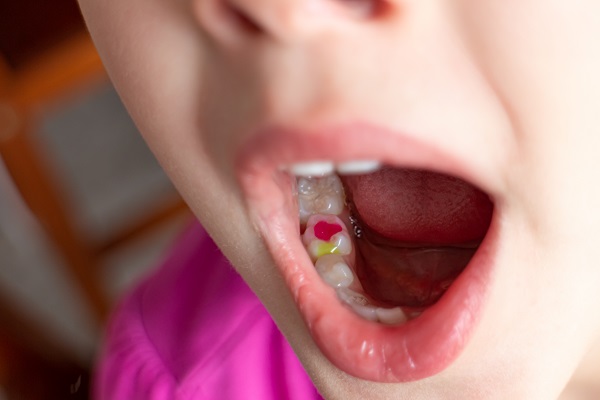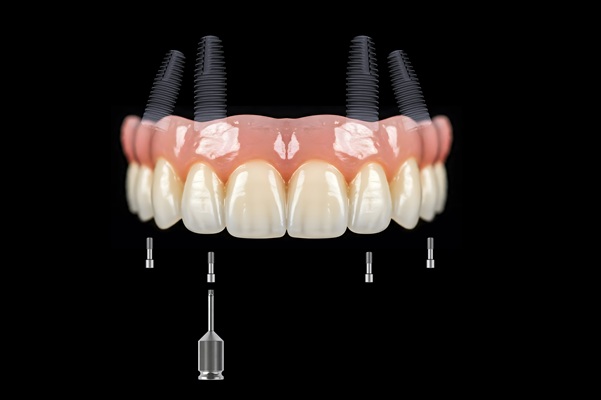Fluoride Facts: Sources, Exposure and Health EffectsMansfield, TX
Concerns have been raised about fluoride’s lack of safety and efficacy.
Sources of human exposure to the chemical fluoride have drastically increased since community water fluoridation began in the U.S. in the 1940’s. In addition to water, these sources now include food, air, soil, pesticides, fertilizers, dental products used at home and in the dental office, pharmaceutical drugs, cookware (non-stick Teflon), clothing, carpeting, and an array of other consumer items used on a regular basis.

Fluoride
- Is not an essential component for human growth and development.
- Has been recognized as one of 12 industrial chemicals known to cause developmental neurotoxicity in human beings.
- Some researchers have questioned the safety of fluoride.
The Food & Drug Administration accepts that fluoride is a drug, not a nutrient, when used to prevent disease. By definition, fluoridating water is therefore a form of mass medication. This is why most western European nations have rejected the practice — because, in their view, adding a drug to everyone’s water supply violates the basic medical tenet that each individual has a right to “informed consent.”

Due to the “one size fits all” dosage of fluoride in water, a risk is that infants & children can be overexposed to fluoride.
In western Europe, some governments have openly recognized risks of artificial water fluoridation, and only 3% of the western European population drinks fluoridated water. In the US, over 66% of Americans are drinking fluoridated water. The decision to fluoridate community water is made by the state or local municipality.
In a 2006 report by the National Research Council (NRC) of the National Academy of Sciences, health effects from artificial water fluoridation were evaluated. Concerns were raised about potential associations between fluoride and osteosarcoma (a bone cancer), bone fractures, musculoskeletal effects, reproductive and developmental effects, neurotoxicity and neurobehavioral effects, and effects on other organ systems
The First Sign of Fluoride Toxicity: Dental Fluorosis

Photos of Dental Fluorosis, the first sign of fluoride toxicity, ranging from very mild to severe; Photo by Dr. David Kennedy and used with permission of victims of dental fluorosis.
Other habits also need to change in order to avoid unnecessary fluoride exposure. For example, certain foods and beverages (any and all made with fluoridated water, including bottled water, tea, juice, soft drinks, and even beer and wine) will need to be replaced with healthier options. This is especially important to consider in the case of infants drinking formula made with fluoridated tap water. Using non-fluoridated bottled water for infant formula would drastically reduce dangerous levels of fluoride.
Fluoride Pollution and Harm to the Environment
Fluoride pollution and exposure negatively impacts beesFluoride naturally exists in minerals, as well as in soil, water, and air. However, fluoride pollution in the environment occurs because the chemical is synthesized for intentional use in community water fluoridation, and dental products. Obviously, fluoride pollution can adversely impact wildlife and farm animals. Fluoride pollution in the environment has been linked to the die off and injury of bees.
Some doctors recommend that patients avoid fluoride as a means of improving health.
Consumers might wish to limit or avoid fluoride exposures as a means of protecting their health. Exposure to fluoride is suspected of impacting nearly every part of the human body.
Also, some consumers opt to purchase special water filters to remove fluoride from their water. It is important to carefully research water filters, as many do not successfully remove fluoride. The Fluoride Action Network (FAN) has helpful resources for consumers wanting to avoid fluoride exposure.
Contact Us
Toni Carr, DDS Inspiring Smiles is located at 1900 Matlock Rd. Suite 600 Mansfield, TX 76063.





